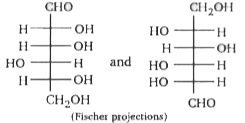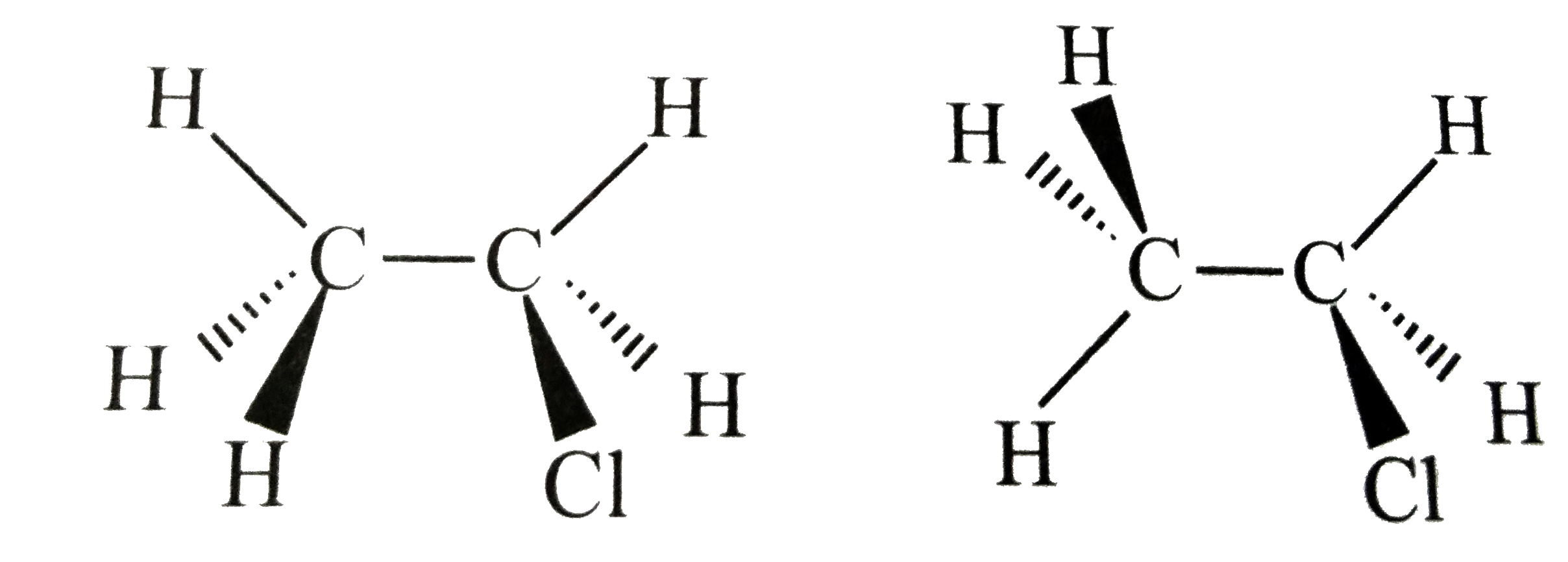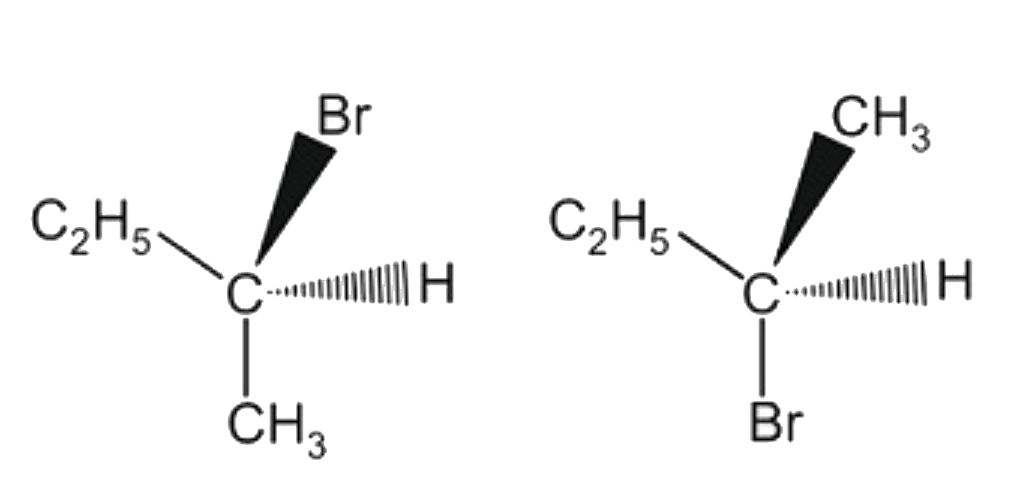What is the relationship between germinal layers and the formation of body cavity in case in of coelomate, acoelomates and pseudocoelomates ?
To understand the relationship between germinal layers and the formation of body cavities in coelomates, acoelomates, and pseudocoelomates, we can break down the explanation into several steps:
1. Understanding Germinal Layers:
- All animals develop from three primary germinal layers during the process of gastrulation: ectoderm (outer layer), mesoderm (middle layer), and endoderm (inner layer).
- These layers give rise to different tissues and organs in the body.
2. Coelomates:
- Coelomates are organisms that possess a true coelom, which is a fluid-filled body cavity completely lined by mesoderm.
- In coelomates, the presence of the three germinal layers (ectoderm, mesoderm, and endoderm) allows for the formation of a well-defined coelom.
- Example: Earthworms (Annelids) are coelomates, where the coelom serves various functions, including cushioning internal organs and allowing for movement.
3. Acoelomates:
- Acoelomates are organisms that lack a body cavity (coelom).
- They also have three germinal layers, but the absence of a coelom means that the mesoderm is solid and fills the space between the ectoderm and endoderm.
- Example: Flatworms (Platyhelminthes) are acoelomates, characterized by their flat body structure and lack of a body cavity.
4. Pseudocoelomates:
- Pseudocoelomates have a body cavity called a pseudocoelom, which is not completely lined by mesoderm. Instead, the mesoderm is present as scattered pouches.
- They also possess the three germinal layers, but the arrangement of the mesoderm leads to the formation of a "false" coelom.
- Example: Nematodes (roundworms) are pseudocoelomates, where the pseudocoelom allows for the distribution of nutrients and waste.
5. Summary of Relationships:
- Coelomates have a true coelom formed from mesoderm, allowing for complex organ systems.
- Acoelomates lack a coelom, with solid mesoderm filling the space, limiting their body structure.
- Pseudocoelomates have a pseudocoelom with scattered mesoderm, providing some advantages of a body cavity without full mesodermal lining.
- All animals develop from three primary germinal layers during the process of gastrulation: ectoderm (outer layer), mesoderm (middle layer), and endoderm (inner layer).
- These layers give rise to different tissues and organs in the body.
- Coelomates are organisms that possess a true coelom, which is a fluid-filled body cavity completely lined by mesoderm.
- In coelomates, the presence of the three germinal layers (ectoderm, mesoderm, and endoderm) allows for the formation of a well-defined coelom.
- Example: Earthworms (Annelids) are coelomates, where the coelom serves various functions, including cushioning internal organs and allowing for movement.
- Acoelomates are organisms that lack a body cavity (coelom).
- They also have three germinal layers, but the absence of a coelom means that the mesoderm is solid and fills the space between the ectoderm and endoderm.
- Example: Flatworms (Platyhelminthes) are acoelomates, characterized by their flat body structure and lack of a body cavity.
- Pseudocoelomates have a body cavity called a pseudocoelom, which is not completely lined by mesoderm. Instead, the mesoderm is present as scattered pouches.
- They also possess the three germinal layers, but the arrangement of the mesoderm leads to the formation of a "false" coelom.
- Example: Nematodes (roundworms) are pseudocoelomates, where the pseudocoelom allows for the distribution of nutrients and waste.
- Coelomates have a true coelom formed from mesoderm, allowing for complex organ systems.
- Acoelomates lack a coelom, with solid mesoderm filling the space, limiting their body structure.
- Pseudocoelomates have a pseudocoelom with scattered mesoderm, providing some advantages of a body cavity without full mesodermal lining.
Topper's Solved these Questions
- ANIMAL KINGDOMBOOK - NCERT EXEMPLAR ENGLISHCHAPTER - ANIMAL KINGDOMEXERCISE - SHORT ANSWER TYPE QUESTIONS
13 Videos
- ANATOMY OF FLOWERING PLANTSBOOK - NCERT EXEMPLAR ENGLISHCHAPTER - ANATOMY OF FLOWERING PLANTSEXERCISE - Long Answer
6 Videos
- BIOLOGICAL CLASSIFICATIONBOOK - NCERT EXEMPLAR ENGLISHCHAPTER - BIOLOGICAL CLASSIFICATIONEXERCISE - Long answer
5 Videos
Similar Questions
Knowledge Check
What is the relationship between the molecules in the following pairs ?
 AenantiomersBdiastereomersCidenticalDstructural isomers
AenantiomersBdiastereomersCidenticalDstructural isomers
What is the relationship between ∠AON and ∠NOB?
View SolutionWhat is the relationship between the structures shown ?

View SolutionWhat is the relationship between the structure below?

View SolutionWhat is the relationship between average kinetic energy and the temperature of a gas ?
View SolutionWhat is the relationship between pKa and Ka of an acid ?
View SolutionWhat is the relationship between pKa and Ka of an acid ?
View SolutionWhat is the relationship between pKa and Ka of an acid ?
View Solution

